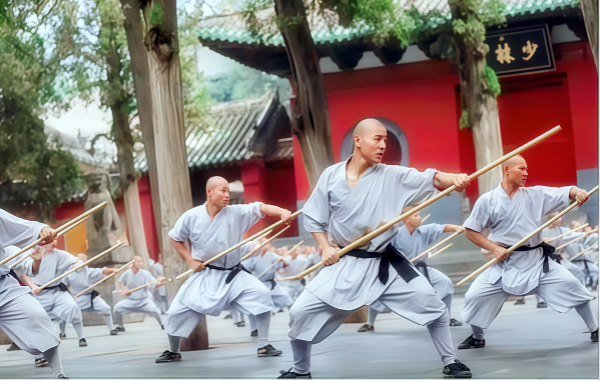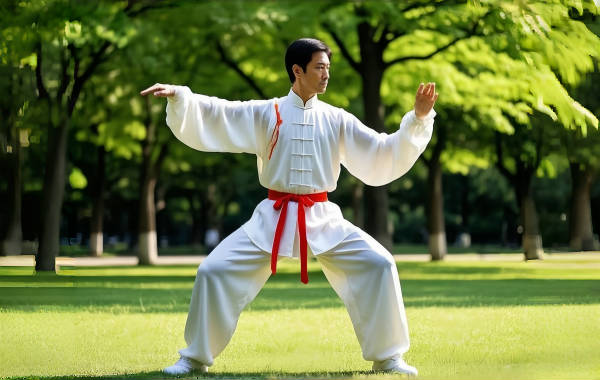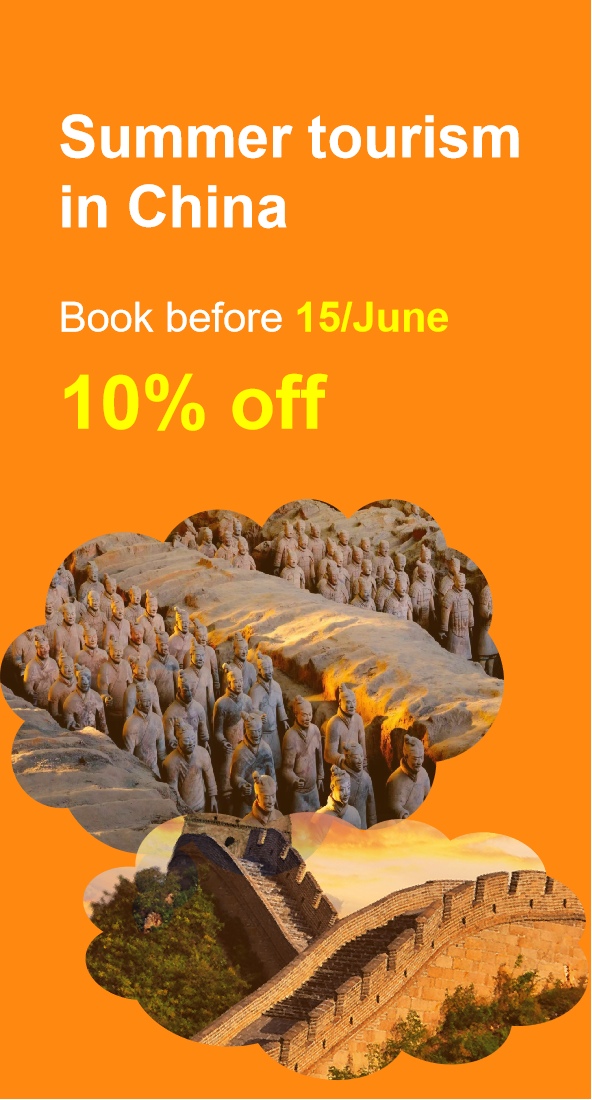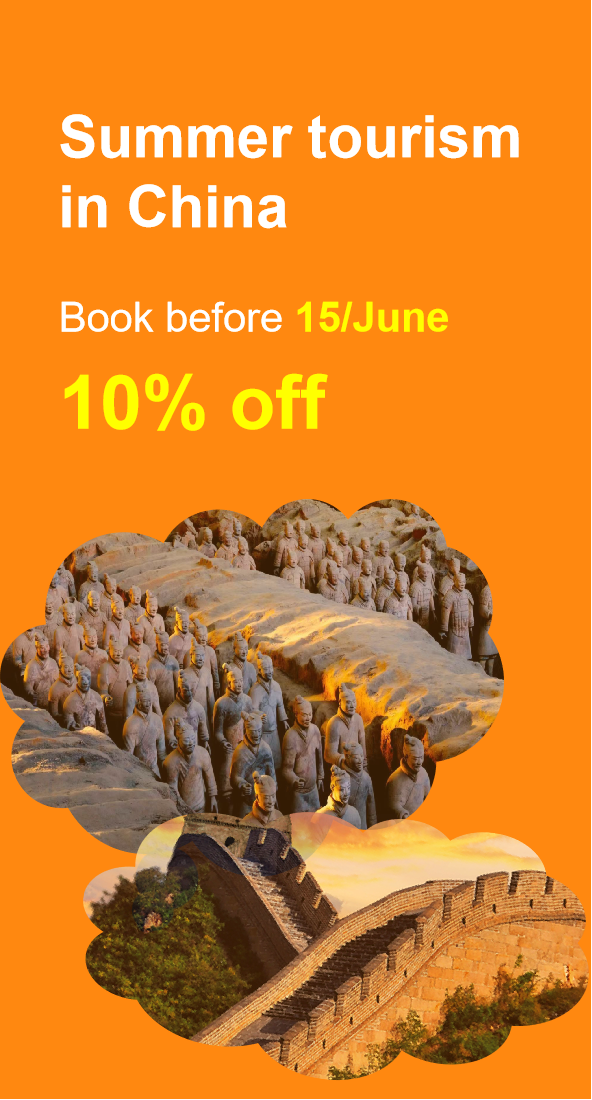Chinese Kungfu
Chinese Kung Fu: A Timeless Legacy of Martique and Mastery

Chinese Kung Fu, also known as Wushu, is an ancient and intricate system of combat techniques, physical exercises, and philosophical principles that have evolved over thousands of years. It is deeply rooted in Chinese culture, history, and mythology, reflecting the nation's values of harmony, discipline, and self-improvement. Kung Fu is not merely a form of self-defense; it is a holistic approach to life, encompassing physical training, mental cultivation, and spiritual growth. Its rich tapestry of styles, techniques, and philosophies has captivated people worldwide, making it a symbol of Chinese cultural heritage and a source of inspiration for martial artists everywhere.
The origins of Kung Fu can be traced back to ancient China, where it was developed as a means of survival and self-protection in a harsh and unpredictable environment. Over time, it evolved into a sophisticated art form, influenced by various factors such as Confucianism, Taoism, Buddhism, and traditional Chinese medicine. Today, Kung Fu is practiced by millions of people across the globe, both as a form of physical exercise and as a way to connect with Chinese culture and philosophy.
 Basic Techniques of Chinese Kung Fu
Basic Techniques of Chinese Kung Fu
1. Fist Techniques (Quan Fa)
Fist techniques are the foundation of many Kung Fu styles, emphasizing powerful strikes, precise targeting, and fluid movements. Common fist forms include the straight punch, hook punch, uppercut, and backfist, each designed to exploit an opponent's vulnerabilities while minimizing one's own exposure. Training in fist techniques involves developing strength, speed, and accuracy through repetitive drills, shadowboxing, and sparring.
2. Leg Techniques (Tui Fa)
Leg techniques are equally important in Kung Fu, providing a wide range of offensive and defensive options. Kicks can be delivered from various angles and heights, targeting different parts of the opponent's body. Popular leg techniques include the front kick, side kick, roundhouse kick, and crescent kick. Training in leg techniques focuses on improving flexibility, balance, and coordination, as well as developing the ability to generate power from the hips and legs.
3. Palm Techniques (Zhang Fa)
Palm techniques are characterized by their open-handed strikes, which can be used to attack, block, or control an opponent. Palms are often used in conjunction with other techniques, such as punches or kicks, to create combinations and set up traps. Training in palm techniques involves mastering various hand positions, angles of attack, and methods of generating force, such as using the wrist or forearm for additional leverage.

4. Claw Techniques (Zhua Fa)
Claw techniques mimic the actions of a bird's talons or a beast's paws, using the fingers to grip, tear, or strike an opponent. These techniques are particularly effective against soft targets, such as the eyes, throat, or groin. Training in claw techniques requires developing strong finger muscles and dexterity, as well as learning how to apply pressure and control an opponent's movements.
5. Finger Techniques (Zhi Fa)
Finger techniques are highly specialized and require precise control and targeting. They can be used to attack pressure points, nerves, or vital organs, causing pain, paralysis, or even death. Common finger techniques include the one-finger zen, two-finger probe, and five-finger spread. Training in finger techniques involves developing sensitivity, accuracy, and the ability to generate force through the fingertips.
6. Body Techniques (Shen Fa)
Body techniques encompass a wide range of movements and postures that are used to evade, block, or counter an opponent's attacks. These techniques include dodging, rolling, twisting, and turning, as well as using the body's natural curves and angles to deflect or absorb force. Training in body techniques involves improving flexibility, agility, and spatial awareness, as well as learning how to use the body as a cohesive unit to generate and transfer force.
 Weapons in Chinese Kung Fu: The 18 Arms
Weapons in Chinese Kung Fu: The 18 Arms
Chinese Kung Fu incorporates a vast array of weapons, each with its unique history, techniques, and applications. The "18 Arms" is a traditional classification that includes a variety of weapons, such as the sword, spear, staff, saber, axe, hammer, trident, and more. Each weapon requires specialized training and mastery, as well as an understanding of its strengths and weaknesses in different combat scenarios.
1. Saber (刀,Dao)
The saber is a single-edged weapon that is known for its slicing and chopping actions. It is a more aggressive weapon than the sword, requiring a different set of skills and strategies to wield effectively. Saber techniques emphasize powerful strikes, quick changes of direction, and the ability to maintain balance and control while moving rapidly. Training in saber techniques involves mastering various cuts, parries, and footwork patterns, as well as developing the ability to read an opponent's movements and adapt your tactics accordingly.
2. Spear (枪,Qiang)
The spear is a long-range weapon that excels at thrusting and keeping opponents at bay. It requires a combination of strength, speed, and agility to wield effectively, as well as an understanding of timing and distance control. Training in spear techniques involves practicing various thrusts, parries, and circling movements, as well as learning how to use the spear's length to your advantage in different combat situations.
3. Sword (剑,Jian)
The sword is one of the most iconic weapons in Chinese Kung Fu, symbolizing elegance, precision, and lethal efficiency. Sword techniques emphasize fluid movements, quick changes of direction, and precise targeting, making it a formidable weapon in the hands of a skilled practitioner. Training in sword techniques involves mastering various stances, strikes, parries, and footwork patterns, as well as developing the ability to read an opponent's movements and anticipate their attacks.
4. Halberd (戟, Ji)
The halberd is a versatile pole weapon combining the features of an axe and a spear, allowing for both chopping and thrusting attacks. Its unique design enables practitioners to switch between offensive and defensive maneuvers seamlessly, making it a formidable weapon in battle. Training with the halberd involves mastering the coordination of both hands and understanding the balance required to execute powerful strikes while maintaining control over the weapon's weight.
5. Battle Axe (斧, Fu)
The battle axe is a heavy, double-edged weapon known for its devastating chopping power. It requires significant strength and stamina to wield effectively, as well as precise timing to land impactful blows. Training with the battle axe focuses on developing upper body strength, learning various chopping techniques, and improving footwork to maintain balance during attacks.
6. Falchion (钺, Yue)
Similar to the battle axe but often with a broader and more curved blade, the falchion is designed for slashing and cleaving. Its weight distribution makes it suitable for powerful horizontal strikes. Training with the falchion involves mastering wide, sweeping motions and learning how to use the weapon's momentum to maximize damage.
7. Hook Sword (钩, Gou)
The hook sword features a curved blade with a hook at the end, allowing for both slashing and grappling techniques. Its unique design enables practitioners to trap and disarm opponents' weapons, making it a strategic choice in combat. Training with the hook sword involves mastering intricate hand movements and understanding how to use the hook effectively in various combat scenarios.
8. Fork (叉, Cha)
The fork, also known as a trident, is a weapon with three prongs used for thrusting and trapping. Its design allows for multiple points of attack, making it difficult for opponents to defend against. Training with the fork involves practicing precise thrusts, learning how to trap and control opponents' limbs, and developing the ability to transition smoothly between offensive and defensive maneuvers.
9. Lance (镗, Tang)
The lance is a long, heavy pole weapon with a broad blade at the end, designed for thrusting and smashing attacks. Its size and weight require significant strength and skill to wield effectively. Training with the lance involves mastering powerful thrusts, learning how to use the weapon's momentum to break through defenses, and improving balance and coordination to handle its weight.
10. Staff (棍, Gun)
The staff is a simple yet versatile weapon made of wood or metal, used for striking, blocking, and sweeping attacks. Its length provides reach advantage, while its simplicity allows for a wide range of techniques. Training with the staff involves mastering basic strikes and blocks, developing fluidity in movements, and learning how to use the staff's length to control the distance between you and your opponent.
11. Spear-like Mace (槊, Shuo)
The spear-like mace combines the features of a spear and a mace, featuring a long shaft with a heavy, blunt head. It is designed for both thrusting and crushing attacks, requiring significant strength and skill to wield effectively. Training with the spear-like mace involves mastering powerful strikes, learning how to use the weapon's weight to your advantage, and improving balance and coordination during attacks.
12. Club (棒, Bang)
The club is a simple, blunt weapon used for striking and smashing. Its straightforward design makes it easy to learn and use, but mastering its techniques requires practice and precision. Training with the club involves mastering basic strikes, learning how to generate power through proper body mechanics, and developing the ability to adapt your tactics based on your opponent's movements.
13. Whip (鞭, Bian)
The whip is a flexible weapon made of leather or metal chains, used for striking and entangling opponents. Its unpredictable nature makes it difficult to defend against, requiring quick reflexes and agility to wield effectively. Training with the whip involves mastering various striking techniques, learning how to control the weapon's flexibility, and developing the ability to read your opponent's movements and anticipate their attacks.
14. Mace (锏, Jian)
The mace is a heavy, blunt weapon with a spiked or flanged head, designed for crushing and smashing attacks. Its weight and design make it a formidable weapon in close combat. Training with the mace involves developing upper body strength, mastering powerful strikes, and learning how to use the weapon's weight to break through defenses.
15. Hammer (锤, Chui)
The hammer is a heavy, blunt weapon with a large head, used for delivering powerful blows. Its size and weight require significant strength and stamina to wield effectively. Training with the hammer involves mastering powerful strikes, learning how to generate momentum for maximum impact, and improving balance and coordination during attacks.
16. Claw (抓, Zhua)
The claw is a weapon with sharp, curved blades attached to a handle, designed for grasping and tearing. Its unique design enables practitioners to inflict serious damage to opponents' limbs and body. Training with the claw involves mastering intricate hand movements, learning how to use the weapon's blades effectively, and developing the ability to adapt your tactics based on your opponent's defenses.
17. Crutch (拐子, Guaizi)
The crutch, while primarily a walking aid, can also be used as a weapon in Chinese Kung Fu. Its sturdy construction and unique shape allow for striking, blocking, and grappling techniques. Training with the crutch involves mastering basic strikes and blocks, learning how to use the weapon's shape to your advantage, and developing the ability to transition smoothly between offensive and defensive maneuvers.
18. Chain Dart (流星, Liuxing)
The chain dart is a weapon consisting of a metal dart attached to a chain or rope, used for striking and entangling opponents from a distance. Its versatility and range make it a strategic choice in combat. Training with the chain dart involves mastering various throwing techniques, learning how to control the weapon's trajectory, and developing the ability to read your opponent's movements and anticipate their attacks.
19. Other Weapons
In addition to the "18 Arms," Chinese Kung Fu incorporates a wide variety of other weapons, each with its unique characteristics and techniques. These include weapons like the fan, umbrella, and even everyday objects like chairs and sticks, which can be used effectively in combat with the right training and skill. The diversity of weapons in Chinese Kung Fu reflects the rich cultural heritage and practical wisdom of this ancient martial art.
 Classification and Characteristics of Kung Fu Styles
Classification and Characteristics of Kung Fu Styles
Chinese Kung Fu can be broadly classified into two main categories: external styles and internal styles. External styles, also known as hard styles, emphasize physical strength, speed, and aggressive techniques. They often involve powerful strikes, rapid movements, and acrobatic feats, making them visually impressive and effective in close-quarters combat. Examples of external styles include Shaolin Kung Fu, Hung Gar, and Wing Chun.
Internal styles, on the other hand, focus on cultivating inner energy (Qi), developing mental clarity, and using subtle movements to overcome opponents. They emphasize relaxation, flexibility, and the use of leverage and timing to generate force. Internal styles often involve slow, deliberate movements and deep breathing exercises, which help to improve circulation, reduce stress, and enhance overall well-being. Examples of internal styles include Tai Chi, Bagua, and Xingyi.
 Major Schools and Their Origins
Major Schools and Their Origins
Chinese Kung Fu is characterized by its rich diversity of schools and styles, each with its unique history, techniques, and philosophical underpinnings. Here are some of the most famous schools and their origins:
1. Shaolin School (Henan Songshan)
The Shaolin School is perhaps the most well-known and influential school of Chinese Kung Fu. It originated at the Shaolin Temple in Henan Province, where Buddhist monks developed a system of martial arts that combined physical training with spiritual cultivation. Shaolin Kung Fu is known for its powerful strikes, acrobatic feats, and emphasis on discipline and self-improvement.
2. Wudang School (Hubei Wudang Mountain)
The Wudang School is associated with the Wudang Mountains in Hubei Province, where Taoist priests developed a system of martial arts that emphasized internal cultivation, harmony with nature, and the use of soft techniques to overcome hard force. Wudang Kung Fu is known for its graceful movements, subtle energy manipulation, and focus on health and longevity.
3. Emei School (Sichuan Emei Mountain)
The Emei School is based on Emei Mountain in Sichuan Province and is known for its combination of external and internal techniques. Emei Kung Fu incorporates elements of both Shaolin and Wudang styles, as well as unique local traditions, resulting in a versatile and effective system of martial arts.
4. Qingcheng School (Sichuan Qingcheng Mountain)
The Qingcheng School is associated with Qingcheng Mountain in Sichuan Province and is known for its emphasis on natural movements and the use of the environment to one's advantage. Qingcheng Kung Fu incorporates elements of Taoism and traditional Chinese medicine, focusing on cultivating inner energy and using it to enhance physical performance.
5. Other Famous Schools
In addition to the above-mentioned schools, there are many other famous Kung Fu schools in China, each with its unique history and characteristics. These include the Tian Shan School in Xinjiang, the Kongtong School in Gansu, the Hua School in Xi'an, the Quanzhen and Gumu Schools in Shaanxi's Zhongnan Mountain, the Dali and Diancang Schools in Yunnan's Dali, the Beggar's Sect in Hunan's Yueyang, the Ming Cult's Bright Summit in Tibet's Kunlun Mountain, the Peach Blossom Island in Zhejiang's Zhoushan, the Tai School in Shandong's Taishan, the Five Poisons Sect in Guizhou's Miao Village, and the Heng School in Hunan's Hengshan.
 Famous Sites Associated with Kung Fu
Famous Sites Associated with Kung Fu
China is home to many famous sites that are closely associated with Kung Fu, serving as places of pilgrimage, training, and inspiration for martial artists worldwide. These sites include mountains, temples, monasteries, and ancient battlefields, each with its unique history and significance.
1. Shaolin Temple (Henan Songshan)
The Shaolin Temple is the birthplace of Shaolin Kung Fu and one of the most famous martial arts sites in the world. It is located in the Songshan Mountains of Henan Province and attracts thousands of visitors each year who come to learn about the history and traditions of Shaolin Kung Fu, watch performances by skilled monks, and even participate in training programs.
2. Wudang Mountains (Hubei Wudang Mountain)
The Wudang Mountains are a sacred site for Taoism and the home of the Wudang School of Kung Fu. The mountains are known for their stunning natural beauty, ancient temples, and martial arts traditions. Visitors can explore the mountains, visit the temples, and watch demonstrations of Wudang Kung Fu by local practitioners.
3. Emei Mountain (Sichuan Emei Mountain)
Emei Mountain is a UNESCO World Heritage Site and one of the four sacred Buddhist mountains in China. It is also the home of the Emei School of Kung Fu, which combines elements of Buddhism, Taoism, and traditional Chinese martial arts. Visitors can hike the mountain, visit the temples, and learn about the history and techniques of Emei Kung Fu.
4. Other Famous Sites
In addition to the above-mentioned sites, there are many other famous Kung Fu-related locations in China, such as the Tian Shan Mountains in Xinjiang, the Kongtong Mountains in Gansu, Hua Mountain in Xi'an, Zhongnan Mountain in Shaanxi, Dali in Yunnan, Yueyang in Hunan, Kunlun Mountain in Tibet, Zhoushan in Zhejiang, Taishan in Shandong, the Miao Village in Guizhou, and Hengshan in Hunan. Each of these sites has its unique history, culture, and martial arts traditions, making them must-visit destinations for Kung Fu enthusiasts.
 Kung Fu in Martial Arts Fiction
Kung Fu in Martial Arts Fiction
Kung Fu has played a prominent role in Chinese martial arts fiction, also known as Wuxia, which has captivated audiences worldwide with its thrilling action sequences, complex characters, and profound philosophical themes. Wuxia stories often feature heroes who possess extraordinary martial arts skills and use them to uphold justice, protect the innocent, and overcome evil forces. These stories have inspired countless films, television shows, novels, and comic books, making Kung Fu a global phenomenon.
1. Classic Wuxia Novels
Classic Wuxia novels, such as "The Romance of the Three Kingdoms," "Water Margin," and "Journey to the West," have had a profound impact on Chinese culture and literature. These novels feature a wide range of martial arts techniques, characters, and plotlines, showcasing the richness and diversity of Chinese Kung Fu.
2. Modern Wuxia Literature
Modern Wuxia literature, represented by authors such as Jin Yong (Louis Cha) and Gu Long, has continued to push the boundaries of the genre, introducing new characters, settings, and themes. Jin Yong's novels, in particular, have become global bestsellers, translated into multiple languages and adapted into numerous films and television shows. His works, such as "The Legend of the Condor Heroes," "The Return of the Condor Heroes," and "The Heaven Sword and Dragon Saber," have become iconic representations of Chinese Kung Fu and Wuxia culture.
3. Kung Fu in Film and Television
Kung Fu has been a staple of Chinese film and television for decades, with countless movies and shows featuring thrilling fight scenes, spectacular stunts, and charismatic heroes. From the early days of Bruce Lee, Jackie Chan and Jet Li to the modern blockbusters of Zhang Yimou and Wong Kar-wai, Kung Fu films have captivated audiences worldwide with their unique blend of action, drama, and philosophy.
 The Enduring Legacy of Chinese Kung Fu
The Enduring Legacy of Chinese Kung Fu
Chinese Kung Fu is a timeless legacy that has endured for thousands of years, evolving and adapting to changing times and circumstances. It is a symbol of Chinese cultural heritage, a source of inspiration for martial artists worldwide, and a testament to the human spirit's capacity for self-improvement and mastery. Whether practiced as a form of physical exercise, self-defense, or spiritual cultivation, Kung Fu continues to captivate people of all ages and backgrounds, offering a path to health, happiness, and enlightenment.
As we look to the future, it is clear that Chinese Kung Fu will continue to play an important role in global culture and society. Its principles of harmony, discipline, and self-improvement are more relevant than ever in today's fast-paced and often chaotic world. By embracing the teachings of Kung Fu, we can learn to cultivate inner peace, develop physical and mental strength, and build a more harmonious and just society for all.
In conclusion, Chinese Kung Fu is not just a martial art; it is a way of life. It is a journey of self-discovery, a quest for mastery, and a celebration of the human spirit's infinite potential. Whether you are a seasoned practitioner or a curious beginner, there is always something new to learn and discover in the world of Kung Fu. So, take the first step on this exciting journey today, and experience the magic and mystery of Chinese Kung Fu for yourself!
What Our Clients Say?
Based on 10,000+ traveler reviews











